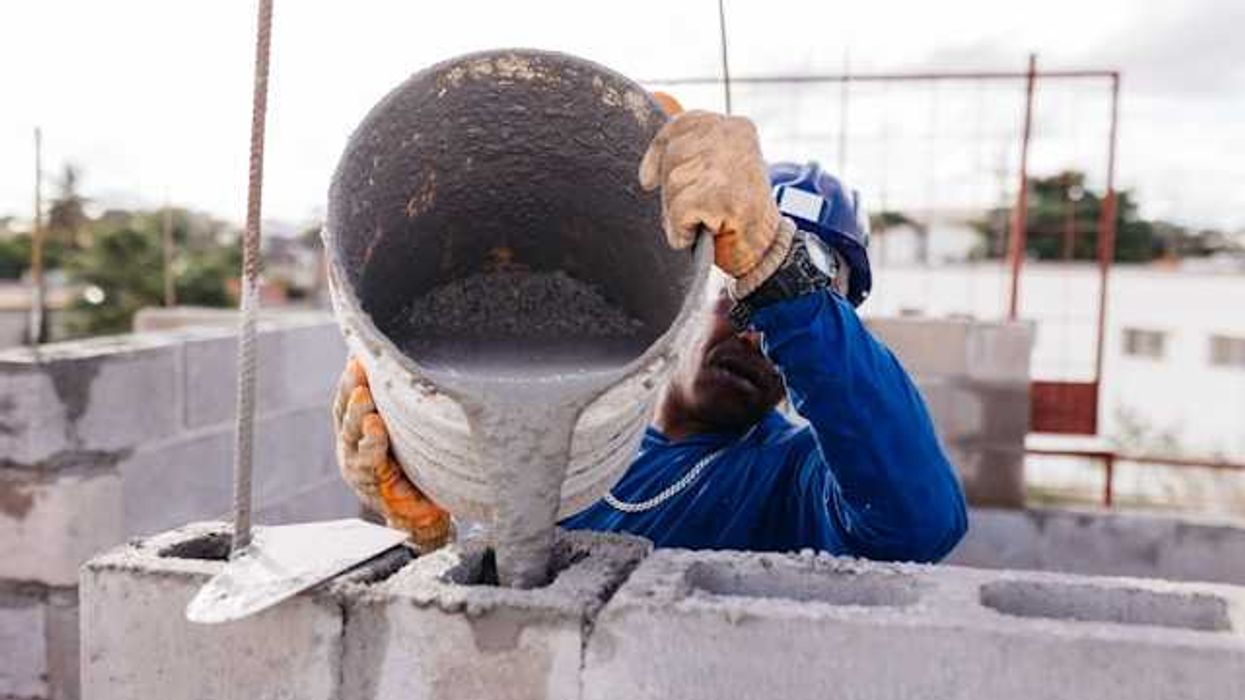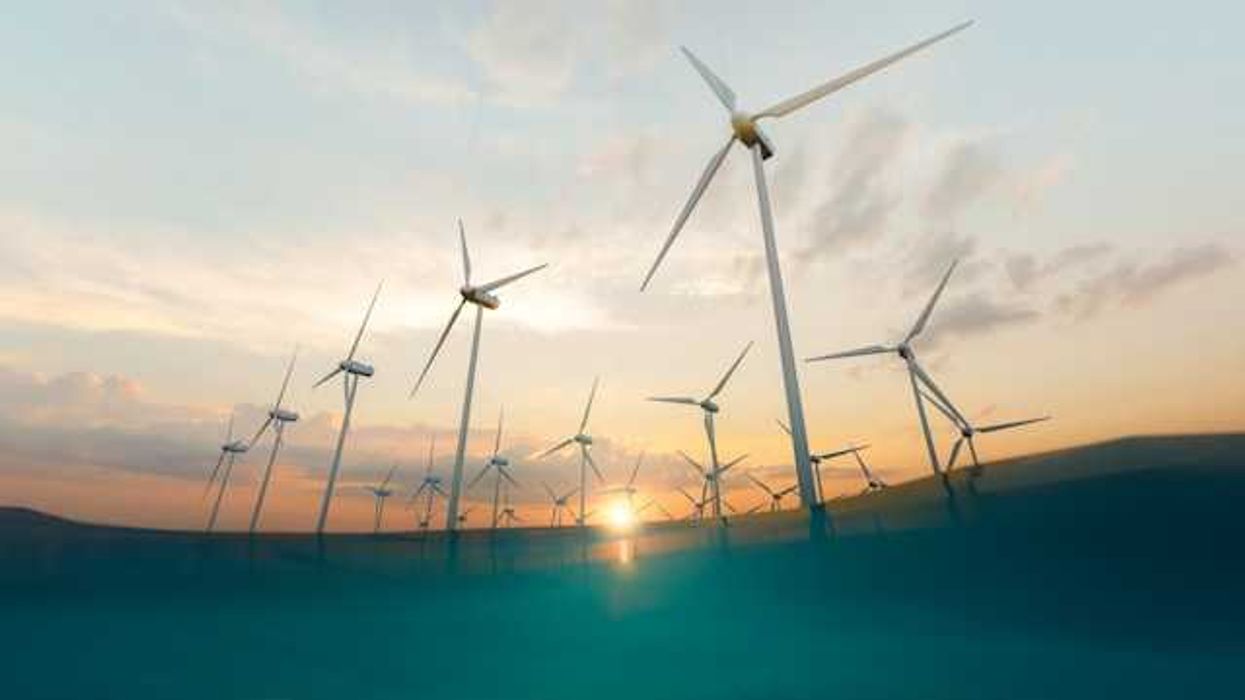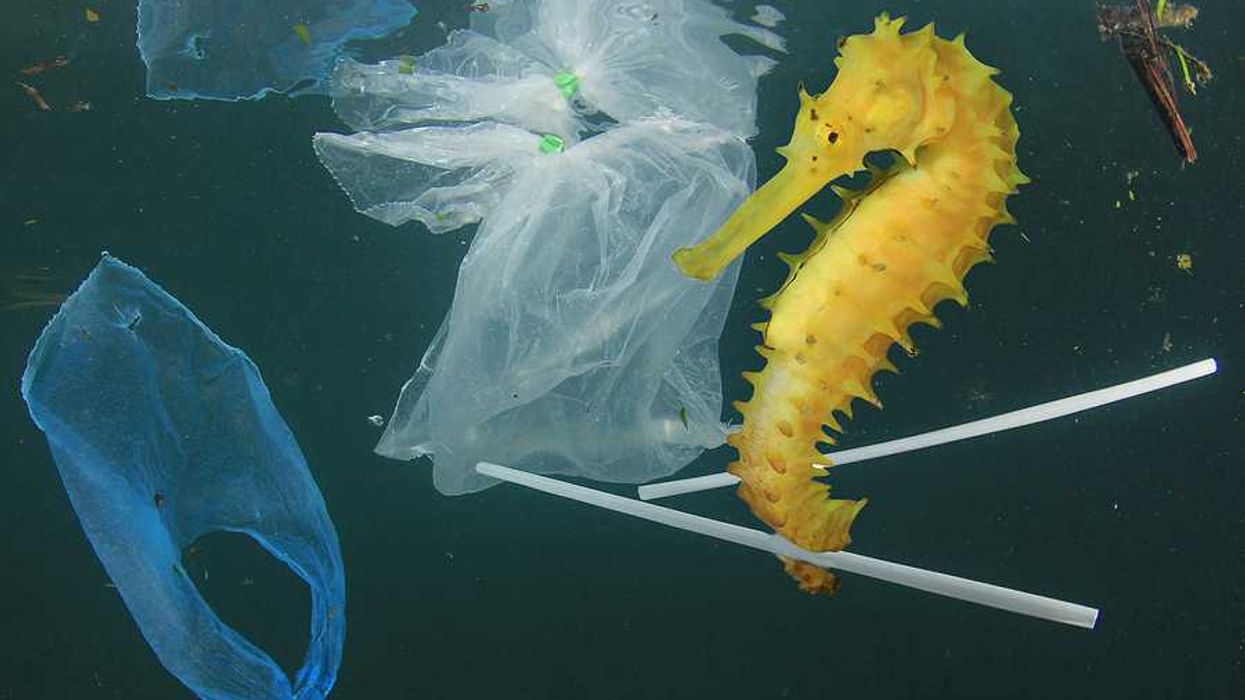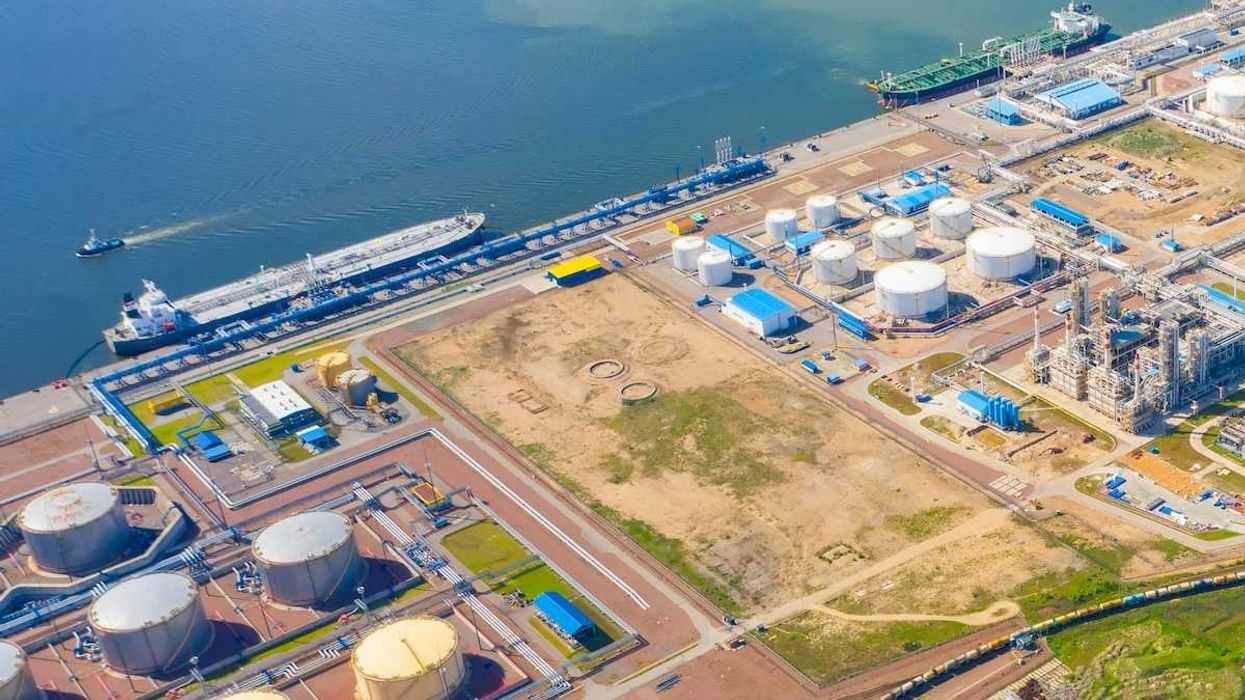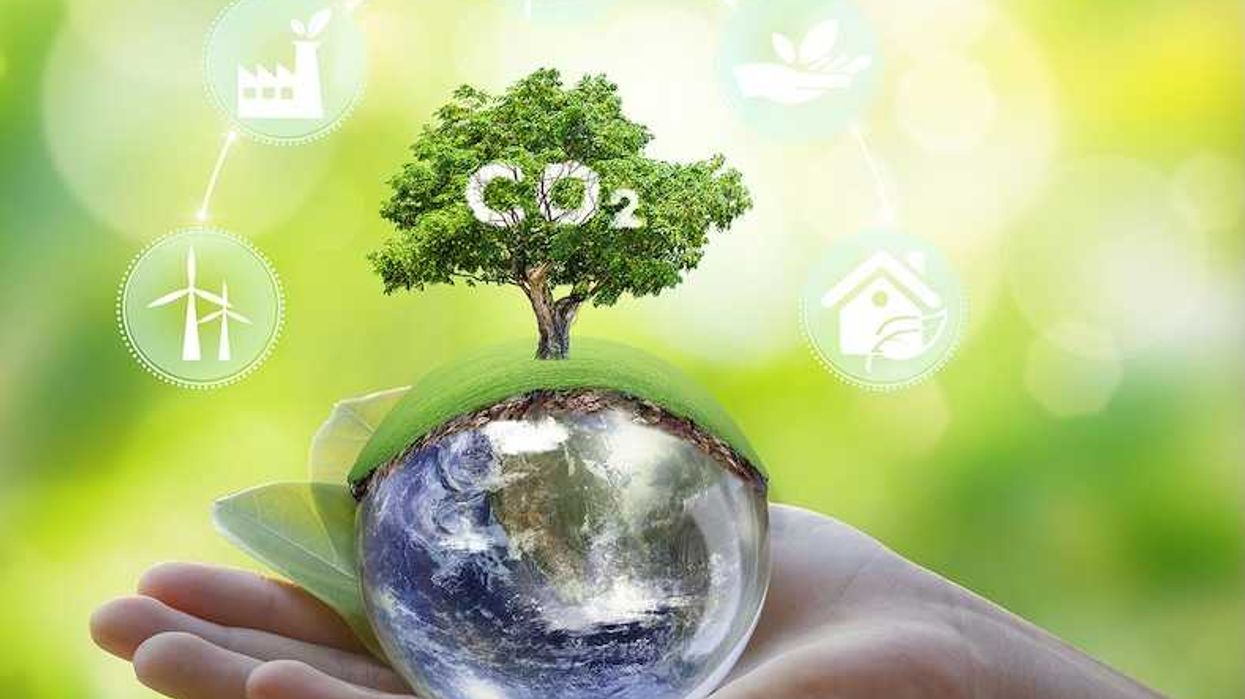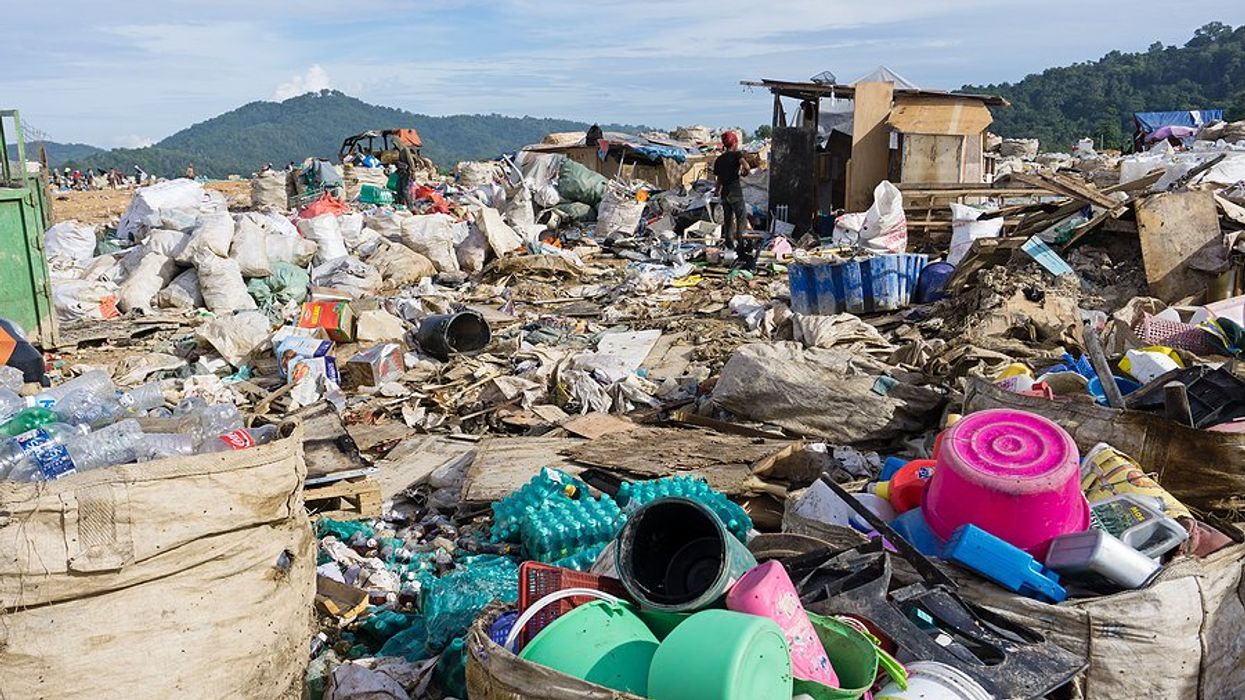India is ramping up efforts to produce solar panels and batteries domestically, seeking to meet its soaring energy needs and capitalize on global shifts away from Chinese energy supply chains.
Somini Sengupta reports for The New York Times.
In short:
- India, currently a minor player compared to China, is investing heavily in solar and battery manufacturing through subsidies and trade policies to reduce reliance on Chinese imports.
- Domestic demand and export opportunities — especially to the U.S., where tariffs on Chinese goods have surged — are driving growth in India’s renewable energy manufacturing sector.
- New clean-energy factories, especially in Tamil Nadu, are creating jobs for young Indians, including many women, but challenges remain due to dependence on Chinese materials and volatile global trade policies.
Key quote:
“It’s very important you have a supply chain that’s not vulnerable to two or three countries.”
— Praveer Sinha, chief executive of Tata Power
Why this matters:
As countries accelerate the transition from fossil fuels to renewables, controlling the production of solar panels, batteries, and critical minerals has become a strategic priority. India’s push to localize manufacturing aims to reduce carbon emissions and create jobs, but it also reflects a broader anxiety about overreliance on China, which dominates much of the global green technology supply chain. For the United States and other nations, diversifying these supply chains is essential to avoid future disruptions and price shocks. Yet this strategy often entails higher upfront costs and navigating complex international trade dynamics. India’s success — or struggles — in scaling its renewable sector will influence global efforts to build cleaner, more resilient energy systems while addressing workforce needs and social mobility.
Read more: Trump’s climate cuts fuel China’s rise in green energy across Southeast Asia



